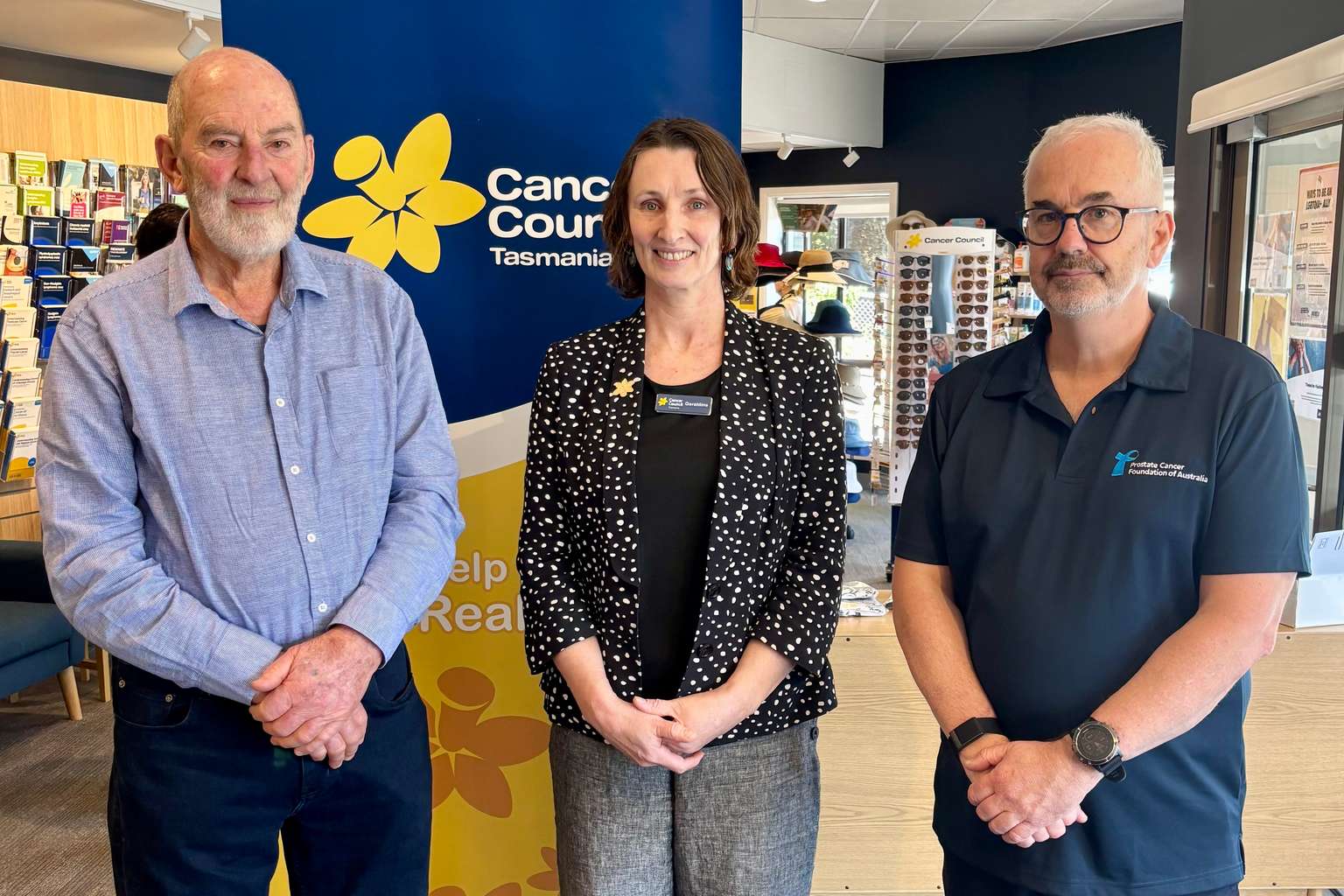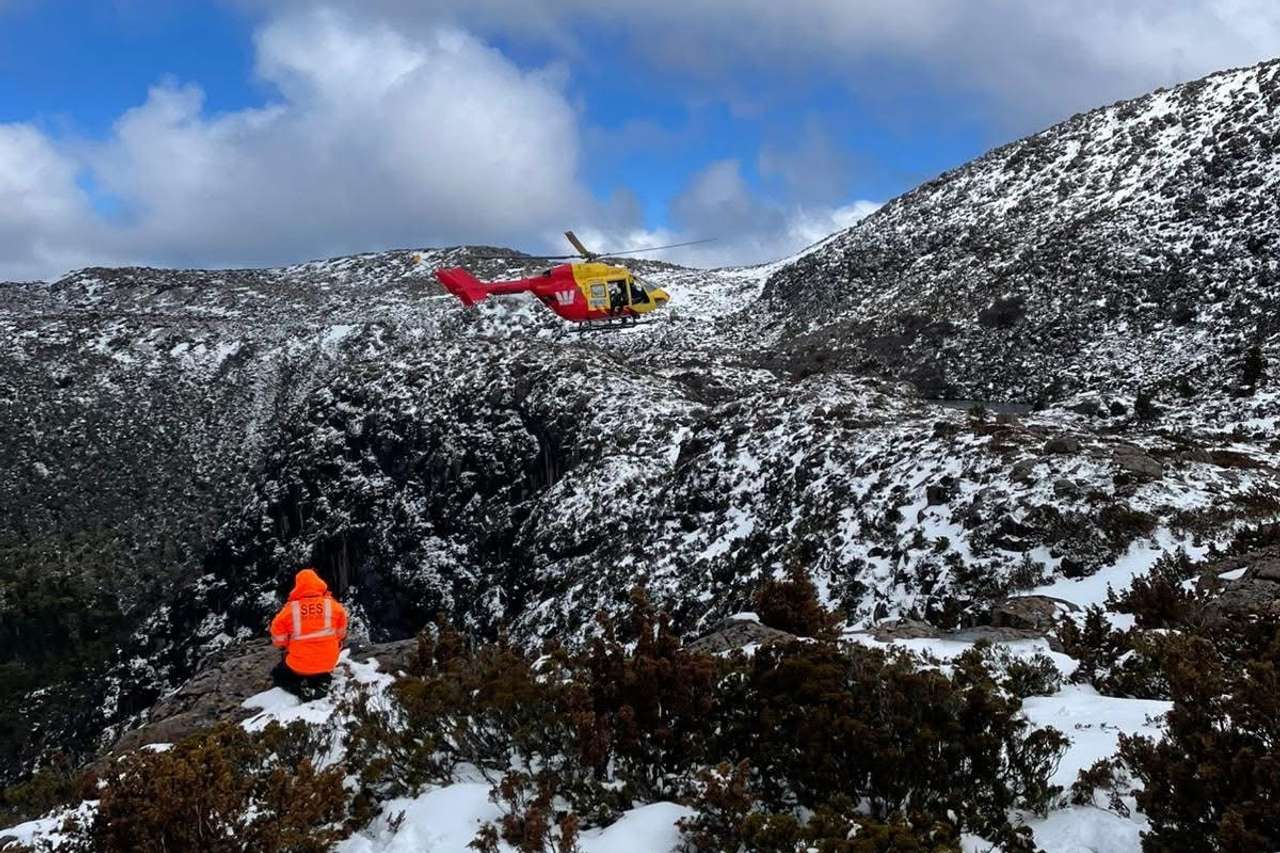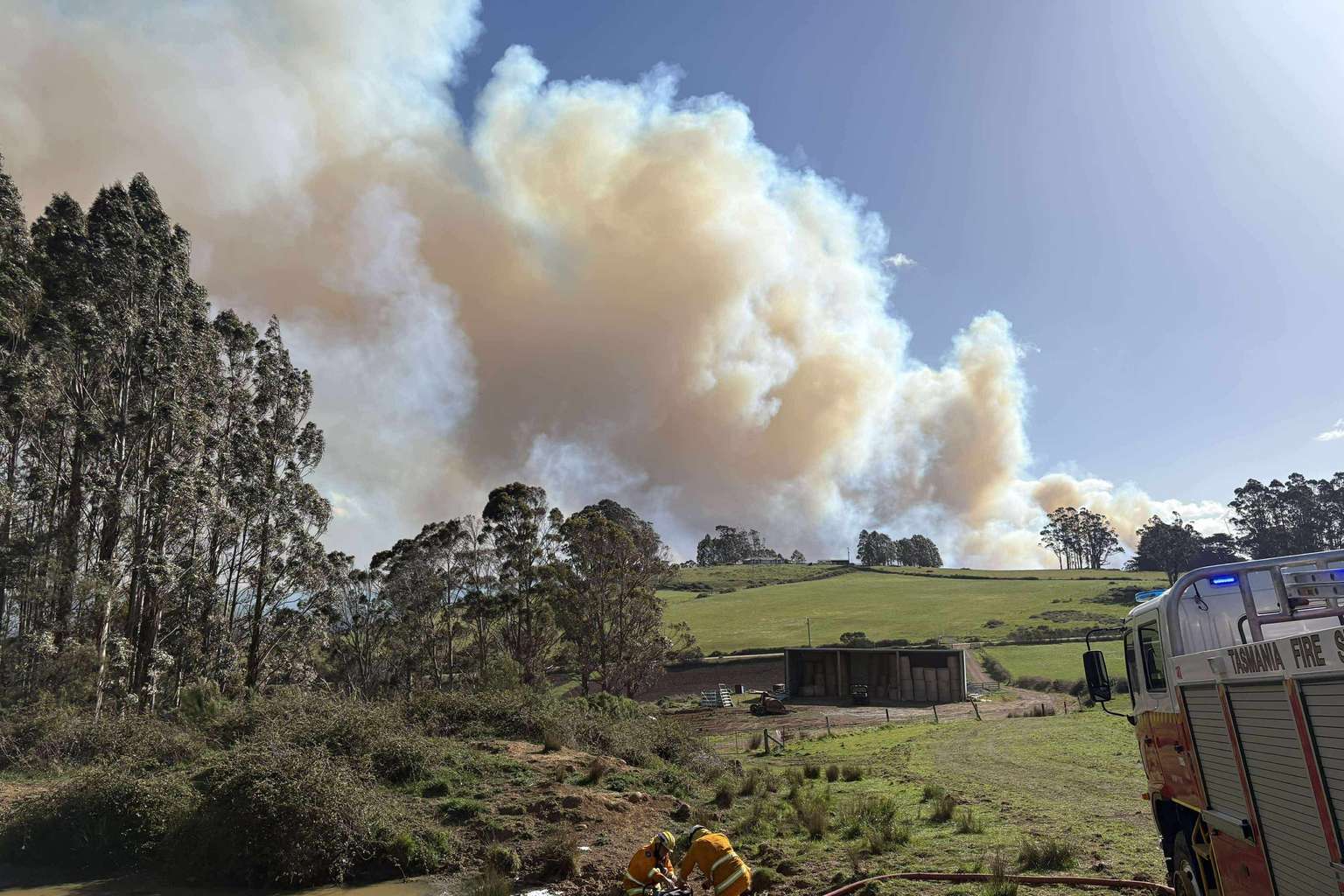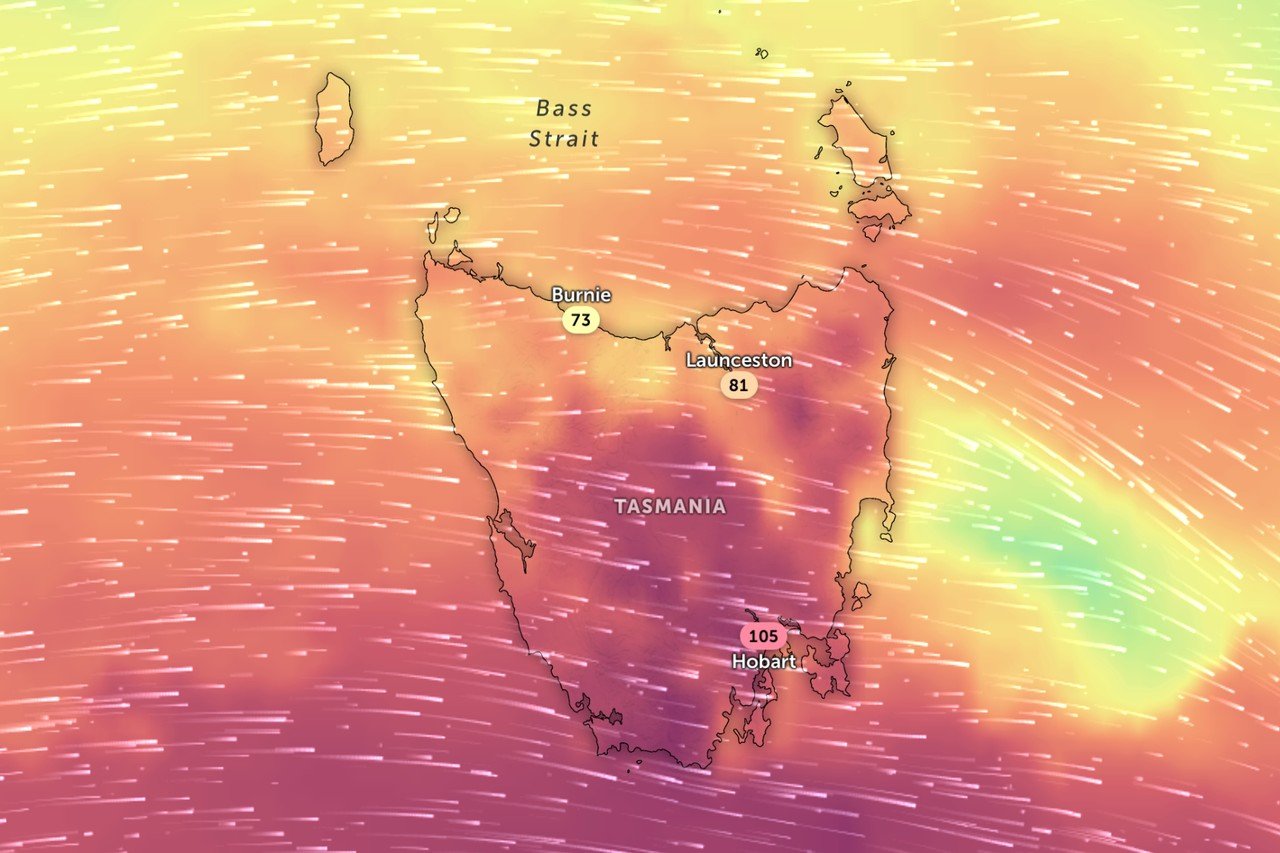A Tasmanian man is crediting regular GP visits with saving his life after prostate cancer was detected before any symptoms appeared.
Peter Aston had his prostate specific antigen levels monitored through annual blood tests for years, watching the numbers gradually climb.
“Every year I would have a pathology test for everything that included PSA and so over the years we watched it go slowly up,” he said.
When levels reached a certain point, his GP referred him to a urologist. A biopsy confirmed prostate cancer.

“The thought of having cancer in your body is quite dramatic if you’re feeling fine,” he said.
After surgery, radiotherapy and hormone therapy, Aston’s treatment was a success.

“My PSA level is still now level at zero so I’m happy that I’m not going to die of prostate cancer,” he said.
Prostate cancer specialist nurse Ian Henderson said Aston’s approach was exactly right.
“For early prostate cancer, there are no signs and symptoms so men who are sitting at home waiting for symptoms to happen, it’s not a good idea,” he said.
Prostate cancer is the most commonly diagnosed cancer in Australia and the number one cancer for Tasmanian men.
“We should be getting into the doctor regularly from aged 50 and from aged 40 if you’ve got any family history so your father, grandfather etc – even if your mother has breast cancer, you should be getting into your doctor at aged 40,” Henderson said.
“Prostate cancer is the number one cancer for men in Tasmania but certainly not the number one killer.”

“Most won’t die from it and if caught early and it can be treated successfully.”
Advanced prostate cancer can cause frequent pain while urinating, blood in urine or semen, weak urine stream and pain in the back or pelvis.
The disease often spreads to bones, causing pain, unexplained weight loss and fatigue.
Following Prostate Cancer Awareness Month, Tasmanian men over 50 are being urged to speak with their doctor about testing, which begins with a simple blood test.






